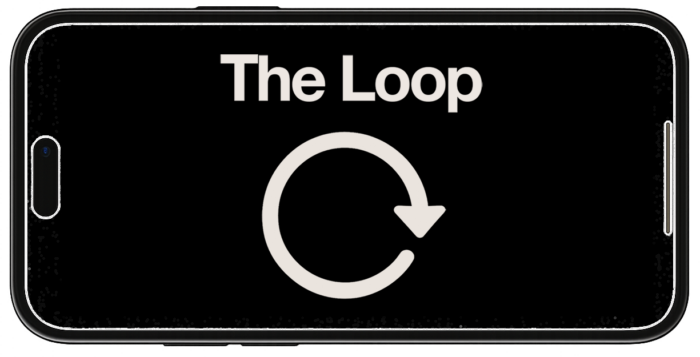Any screenshots and details of functionality may no longer be relevant. Below are some related posts that are more current:
- Meta Ads Audit: Campaign Level (Feb 3, 2025)
- Health and Wellness Restrictions Coming in 2025 (Dec 10, 2024)
- Restrictions on Customer List Custom Audiences (Dec 9, 2024)
A major source of frustration for advertisers is the Facebook ad approval process. Facebook ads are often rejected without much clarity as to the source of the rejection.
Facebook has some extensive ad guidelines that, frankly, most advertisers don’t read. My goal is to help educate to limit this frustration.
Yesterday, I focused on the rules behind the use of imagery in Facebook ads. Today, let’s take a look at the proper use of language.
Since the actual Ad Guidelines aren’t in plain English, I’ve pulled much of this from the Facebook Help Center, which provides helpful examples of what you can and cannot do.
1. Be Accurate
This may seem like common sense, but you can get away with dishonesty in ads elsewhere so it’s important to understand this. Be smart. Don’t make unsubstantiated claims regarding price, performance or results.
I don’t know if Facebook can always verify that. But what they can do is nail you if the language of your ad is not reflected by your landing page.
So make sure that whatever you promise in your copy is fulfilled when clicked through to a landing tab or external web page.
2. Be Nice
Make sure that your ad isn’t insulting, harassing or threatening. But you also need to be careful about the language you use, particularly where gray areas may apply. The copy cannot be “offensive, profane, vulgar, obscene, libelous, slanderous or unlawful.”
Obscenity is often in the eye of the beholder, but Facebook is going to play it safe more often than not.
3. Be a Tease
Sure, you can create a teaser campaign. They’re great because they create a sense of curiosity that leads to a click. But make sure that your copy still provides some clue as to the product type that you’re promoting.
4. Be True
We saw this yesterday with the imagery as well. Facebook does not tolerate advertisers who attempt to emulate Facebook site features.
Don’t use copy and links to deceive the user into thinking your ad is related to Facebook Messages, friend requests, wall posts, etc. Here are a couple of examples of what you absolutely should not do:

5. Respect Privacy
Advertisers do not have access to user data. Users, however, do not know this. Advertisers tell Facebook what types of users to target, but the rest is outside of their control.
So if you create an ad that implies you do know a little too much about them, it’s freaking creepy. Facebook doesn’t want that.
In other words, don’t create an ad that implies you know the targeted user’s race, religion, age, sexual orientation, medical condition or criminal history. There is a very important distinction that I’ll get to in a moment.
Here are a few examples of copy that would not be allowed:
- “Meet other Christians”
- “Car insurance for 18-24 year olds”
- “Meet other Gay guys”
- “Handicapped?”
- “Broke? Bankrupt? Check out our services”
- “Are you a convicted felon?”
But that doesn’t mean that you can’t target their interests. You could do the following:
- “Date Christian Singles”
- “A service for teens”
- “Gay Dance Clubs”
- “Depression Counseling”
- “We have the best services for your financial needs”
- “Services to clean up any previous offenses”
There’s a fine line, but one advertisers must understand.
Do not imply the race, religion or sexual orientation of the user. Instead, focus on the product or service that may appeal to them as a result of their race, religion or sexual orientation. The key word to avoid here is “other” (“Meet other Christians”).
When it comes to age, only categories (teens or seniors) tend to be allowed. The exception would be if your ad is regarding a medical study that applies to a specific age range.
When it comes to financial status or disability, it’s important not to directly associate the user with either. Instead, focus on the product or service that can help them.
Play it Safe
If your ad was rejected, make sure you check this page for copy that potentially got you flagged. Pay close attention to accuracy and anything that could be misconstrued as “creepy.” When in doubt, play it safe and vanilla.







